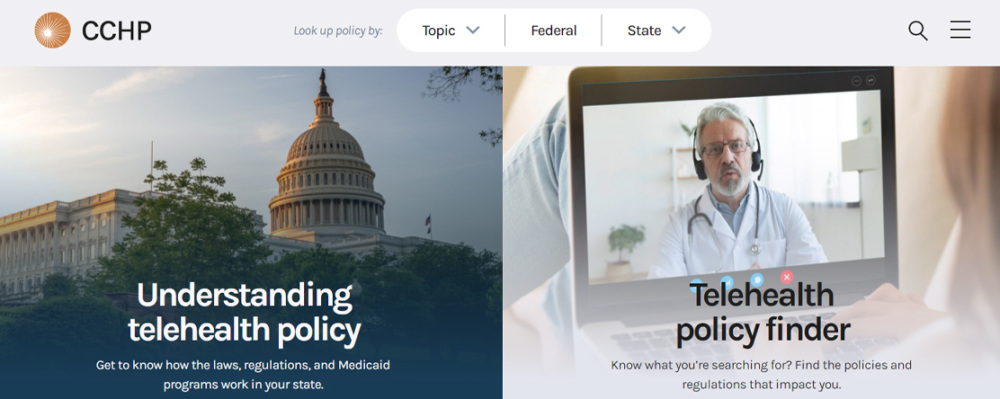
Impact of Audio-only Telephone in Delivering Health Services During COVID-19
-
Focus Areas
Data, Technology & Innovation -
Issues
Technology & Telehealth -
Expertise
Evaluation -
Programs
Center for Connected Health Policy -
Strategic Initiatives
COVID-19

Impact of Audio-only Telephone in Delivering Health Services During COVID-19 and Prospects for Future Payment Policies & Medical Board Regulations
When the pandemic began, telehealth became an effective and safe tool to access healthcare. This shift also brought to light the digital divide in America, specifically for older, low-income populations and communities of color. In response, policymakers have temporarily allowed the use of audio-only care (e.g. a telephone call with a provider) for certain services in Medicare and many Medicaid programs, for those who couldn’t access video technology.
In the Spring of 2021, PHI’s Center for Connected Health Policy (CCHP) conducted a small study to examine the impacts these temporary audio-only changes on federally qualified health centers (FQHCs): their ability to deliver care, the effect on their patients and the potential impacts if the policies are not made permanent.
FQHCs provide primary care as well as mental health and other health services to underserved areas and populations, and are in a unique position to help reach patients who may not be able to access other health services during the pandemic. However, historically FQHCs have faced a complex matrix of state and federal policies that govern the use of telehealth at their centers. Although they have been temporarily allowed to deliver care via telehealth and telephone in Medicare and in most state Medicaid programs, questions regarding the longevity of the temporary policies remain. Telephone itself has not traditionally been thought of as telehealth, with many states excluding it from their definitions, and policy makers initially were skeptical of its use.
Select findings
The study re-confirmed that audio-only provided another avenue for FQHCs to serve their patients who otherwise may have delayed or foregone care. There were also common themes found for using audio-only such as lack of robust connectivity for a live video visit, lack of equipment on the patient end, and preference by the patient for audio-only over live video. The most common services provided via audio-only included treatment for behavioral health and chronic conditions.
The FQHCs in this study all expressed concerns for their patients’ ability to access care should the audio-only waivers not be made permanent or extended. At the time the research took place, Spring of 2021, none of the states examined had made any audio-only policies permanent.
Recommendations for policymakers
- Continue to make audio-only available as an option for FQHCs to provide services. The concern that some patients will go without
receiving services is a significant issue. Particularly as we are experiencing the Delta Variant surge, FQHCs will need to have as many tools at their disposal as possible to continue delivering services. - At a minimum, allow audio-only to continue on a temporary basis. While policymakers may be hesitant to craft permanent policies, allowing FQHCs to use audio-only for a time beyond the pandemic will allow patients to ease back into in-person visits or provide time to find other solutions to issues such as connectivity or access to technology like smartphones or laptops.
- Actively address the connectivity issue & technology divide. As the interviewees noted, audio-only was primarily used because connectivity was a major issue for patients. While building out adequate connections may take some time, policymakers should address other measures that can bridge the gap until everyone does have broadband access. Such solutions could include subsidies to access the internet, cost of connectivity having been noted as an issue for some, providing hot spots in certain regions, offering training on how to use technology for those who need help with digital literacy, and providing equipment to access live video such as laptops or smartphones.
CCHP researchers acknowledge the limitation of the study which had a small sample size and similarities amongst the states examined in population and geography. However, the states examined were rural states which does raise the concern that if audio-only policies are rolled back, there is a distinct possibility that rural populations will be put at an additional disadvantage to accessing health services.
Originally published by Center for Connected Health Policy
Work With Us
You change the world. We do the rest. Explore fiscal sponsorship at PHI.
Support Us
Together, we can accelerate our response to public health’s most critical issues.
Find Employment
Begin your career at the Public Health Institute.


